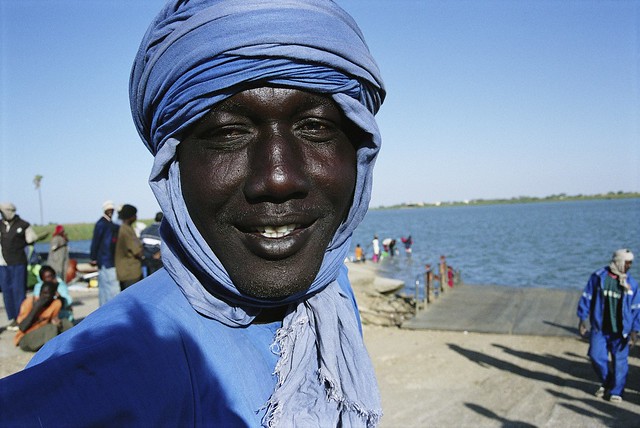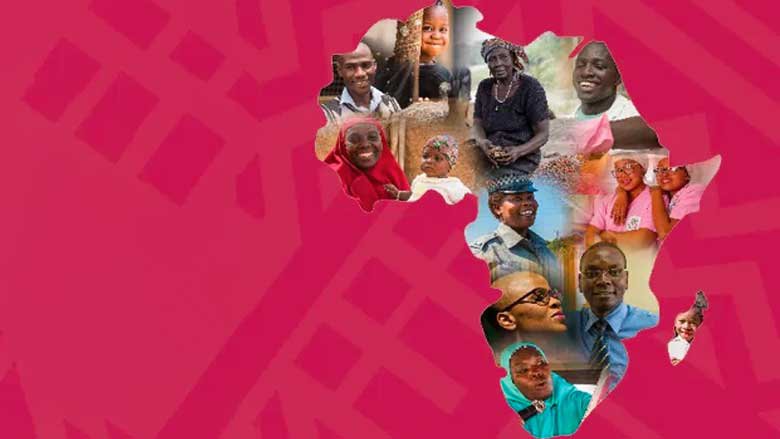Botswana is located at the center of Southern Africa, positioned between South Africa, Namibia, Zambia, and Zimbabwe. One of the worldˇŻs poorest countries at independence in 1966, it rapidly became one of the fastest-growing economies. Significant diamond wealth, robust institutions, prudent economic management, and a relatively small population of about 2.5 million (2022), have made it an upper-middle-income country (UMIC) with an aspiration of becoming a high-income country.?But growth has slowed in recent decades. The economy is still reliant on mineral revenues, and productivity has declined. Poverty and inequality remain high, compared to other middle-income countries.
Political Context
Botswana has a peaceful multi-party democratic tradition, with general elections held every five years. The latest elections took place on October 30, 2024, and led to a change of the ruling party. For the first time in Botswana, since its independence in 1966, the long-time ruling party, the Botswana Democratic Party (BDP), was voted out of office. The election was followed by a peaceful transition of power to a new administration led by President Duma Boko of the Umbrella for Democratic Change (UDC). The UDC government in power since November 2024 has advocated a human rights-centered approach to governance.
Economic Overview
Botswana's macroeconomic framework, historically anchored in prudent fiscal management and robust institutions for diamond revenue governance, sustained prolonged growth for nearly four decades since its independence in 1966. However, structural vulnerabilities persisted due to overdependence on diamonds (over 90% of exports) and a public sector-led model, amplifying exposure to global shocks.
The economic slowdown to 3.2% growth in 2023 deepened in 2024 (3.1% projected contraction), driven by weakened diamond demand and production declines, though a rebound to 3.2% is anticipated by 2025 as markets recover. Inflation eased sharply to average 2.8% in 2024, prompting cumulative rate cuts of 75 basis points to 1.9%, below regional averages to stimulate activity amid a negative output gap.
Fiscal pressures intensified, with the 2024 deficit reaching an estimated 9% of GDP due to elevated spending, pushing public debt to 27.4.% of GDP in 2024. Employment remains skewed toward low-productivity sectors, with unemployment at 27.6% and extreme inequality (Gini index: 53.3). Climate shocks especially droughts, threaten livelihoods, underscoring the urgency of adaptation investments. While diamond revenue may improve, challenges linger in implementing reforms to attract private investment, and improve efficiency of public spending to drive inclusive, resilient growth.
Social Context
Living conditions have steadily improved since independence as the wealth from diamond discoveries has helped lay the foundations for growth and development. Social services delivery has expanded to provide large parts of the country with clean water, electricity, and sanitation. Basic education and health outcomes have steadily improved.
But the extractives-driven growth model is reaching its limits to further sustain poverty reduction and inclusive growth. Poverty and inequality levels have stagnated since 2010. BotswanaˇŻs extreme poverty rate for 2023 (13.5%) is more than four times higher than comparators at similar GDP levels. Unemployment rate remains high at 23.6%.
The government has invested significant resources in human capital development through education, health, and social protection. Government spending as share of GDP on health is 4.8%, education, 7.1%, and social protection, 2.6%, very high compared to neighbors in the region.
Nevertheless, human capital outcomes are not consistent with spending levels. Botswana currently scores only 0.41 on the WBˇŻs Human Capital Index (HCI). This implies that a child born in 2020 will only be 41% as productive when he/she grows up as could be if he/she had enjoyed complete education and full health. Critical indicators such as stunting, child mortality rates, learning outcomes, and adolescent fertility rates are below what is expected of a UMIC.
Last Updated: Apr 09, 2025







